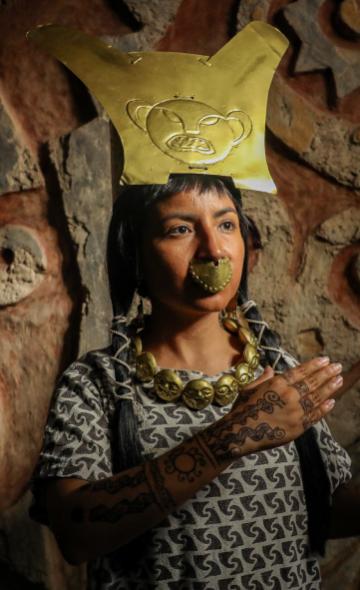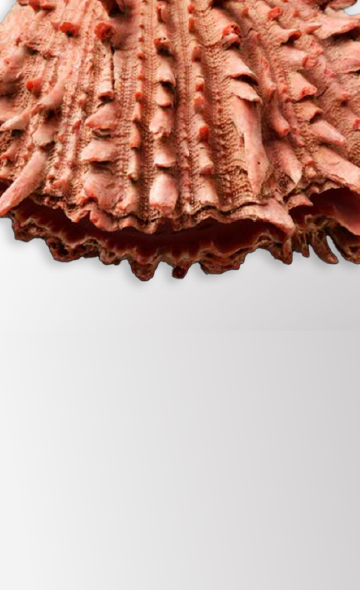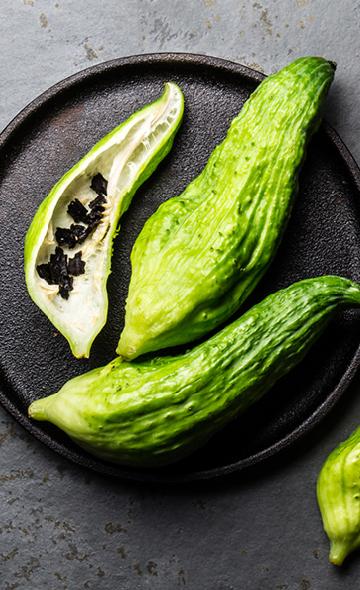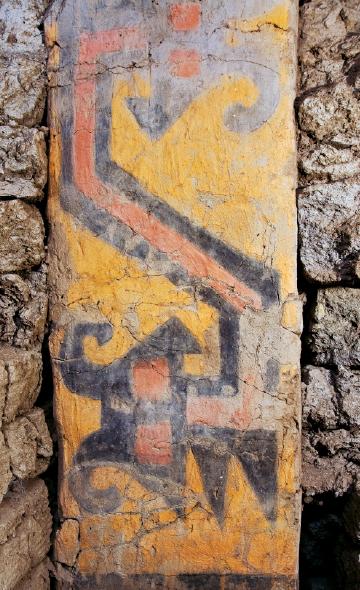- Visitors
- Researchers
- Students
- Community
- Information for the tourist
- Hours and fees
- How to get?
- Visitor Regulations
- Virtual tours
- Classic route
- Mystical route
- Specialized route
- Site museum
- Know the town
- Cultural Spaces
- Cao Museum
- Huaca Cao Viejo
- Huaca Prieta
- Huaca Cortada
- Ceremonial Well
- Walls
- Play at home
- Puzzle
- Trivia
- Memorize
- Crosswords
- Alphabet soup
- Crafts
- Pac-Man Moche
- Workshops and Inventory
- Micro-workshops
- Collections inventory
- News
- Students
- History of the Lady of Cao: A Summary for Children
News
CategoriesSelect the category you want to see:
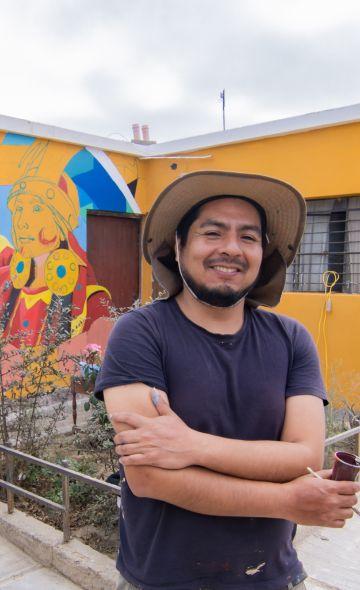
Magdalena de Cao to Once Again Host an International Mural Art Gathering ...
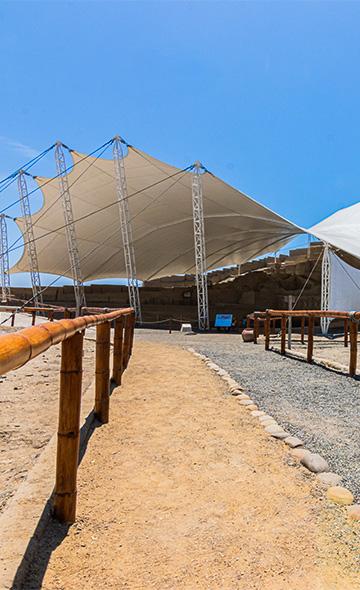
Explore El Brujo Through Virtual Tours: Culture and History at a Click ...
To receive new news.
By: Complejo Arqueológico El Brujo
In our Peru there are many interesting stories that are not part of tales or myths, but of the history of our country. In them we can learn about men and women who performed great feats or who held positions that we can seldom imagine. Would you like to meet a woman who had power in ancient Peru? Yes, before the arrival of the Spaniards to the territory! On this occasion we wish to share with you this short story that we have entitled History of the Lady of Cao: A Summary for Children.
The Secrets of the Lady of Cao: A Journey Through Time
Many years ago, a culture called Mochica developed in Peru. The Mochica were a series of communities of men and women who occupied different territories on the north coast, and many of them were in the territory occupied by the people of Magdalena de Cao. Perhaps you have visited it when you’ve been to La Libertad!
Magdalena de Cao was not then as we know it now. Before the Spaniards, this territory was inhabited by a civilization that built huge huaca sanctuaries near the coast, in which they lived and celebrated ancient rituals, including sacrificial ceremonies to their gods.
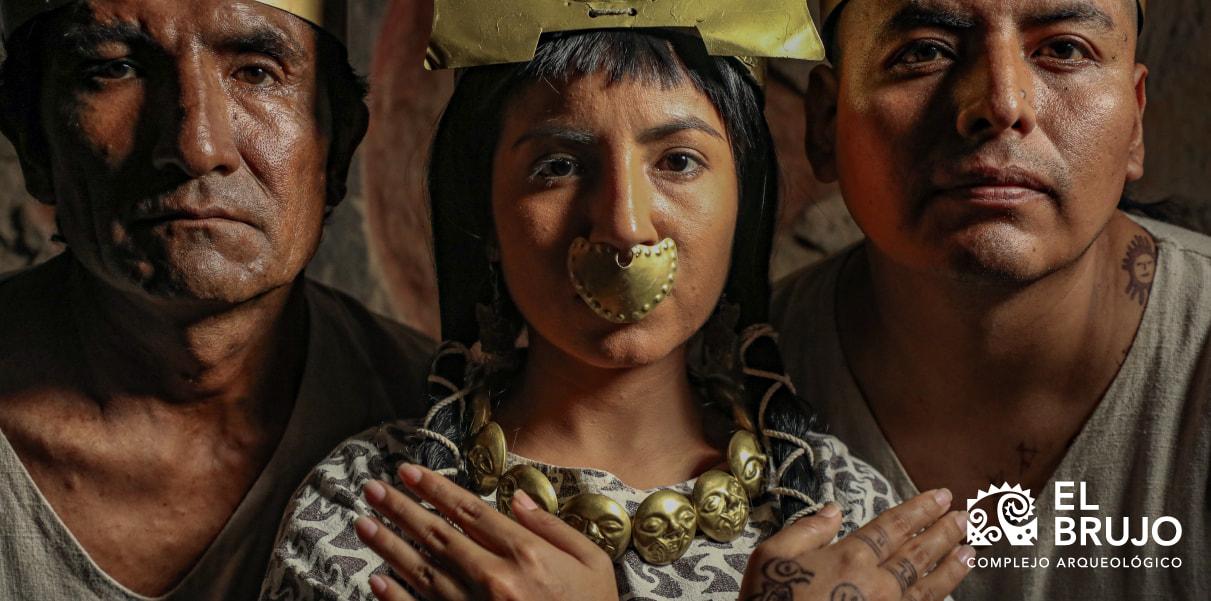
At some time when the Mochica settled in what we know today as El Brujo Archaeological Complex, there lived a woman whose original name we do not know, so we dubbed her as the Lady of Cao. After all, her tomb was found at Huaca Cao Viejo during the excavations that were made at the site in 2004.
Until that date, we had no idea that a woman had held a prominent social position among the Mochicas. Hence, her discovery has been extremely important for the study of Peruvian and Latin American pre-Hispanic cultures.
The studies that archaeologists have made of the mummy of the Lady of Cao have revealed very interesting details about this personage. Would you like to learn about them?
A short life but one filled with the admiration of her people
The archaeological investigations surrounding the Lady of Cao have revealed that she died young (possibly between the ages of 25 and 30) and that she had been pregnant at some point. On the other hand, as for the time of her death, it occurred a long time ago, between the fourth and fifth centuries A.D. Her body was wrapped very carefully in layers of cloth and cotton and, within those layers, they found many beautiful things that reflect the power and wealth that she had in life. Imagine what the funeral rituals that she had must have been like!
Inside her tomb, they also found a special vessel in the shape of an owl. This vessel had a special meaning in the Mochica culture. The owl was related to the rituals for preparing the body after death. It was as if the owl was watching over her path to the next life. Aside from the Lady of Cao, they found the body of a young man and some ceramic vessels to accompany the Mochica woman on her journey to the world of the dead.
.jpg)
The story of the Lady of Cao teaches us about the power and importance of women in the ancient Mochica civilization. Her tomb indicates a prominent social position. Her fine objects and secrets are kept in a special place, waiting to be discovered by people like you. So, if you ever feel the curiosity and thrill to further explore the incredible story of the Lady of Cao and the mysteries of the Mochica, we invite you to visit the El Brujo Archaeological Complex. There, you will be able to witness the amazing luxury objects and secrets that the past has to reveal. Prepare for an unforgettable journey through time and history!
You can also read:
1. Who was the Lady of Cao and what is her importance in pre-Hispanic history?
2. How was the process of making the nose rings of the Lady of Cao?
3. What objects were found in the tomb of the Lady of Cao and what is their significance?
Students , outstanding news


